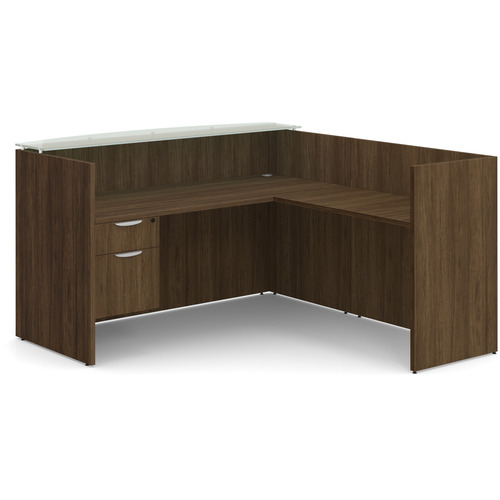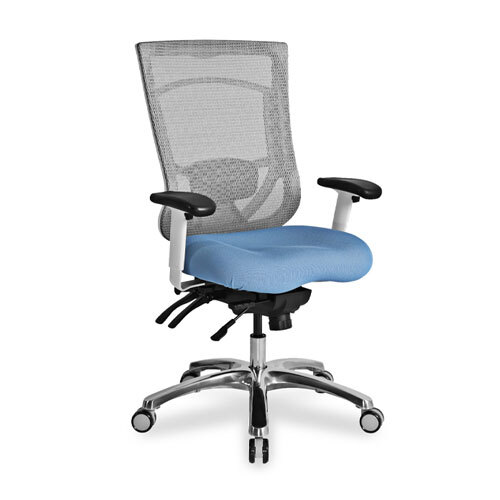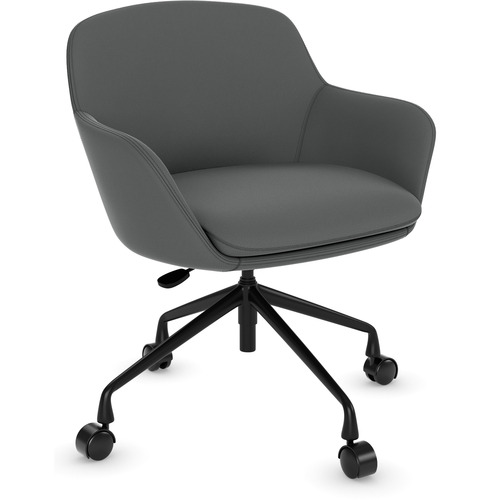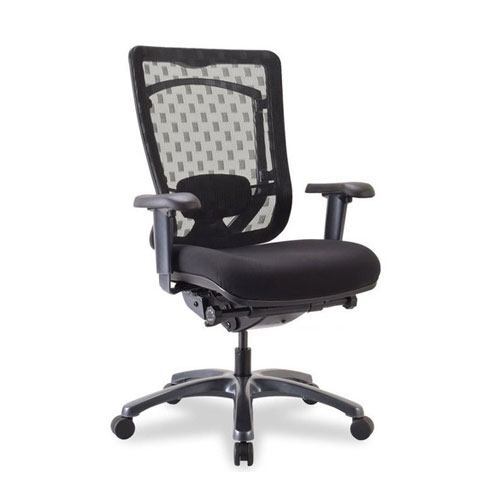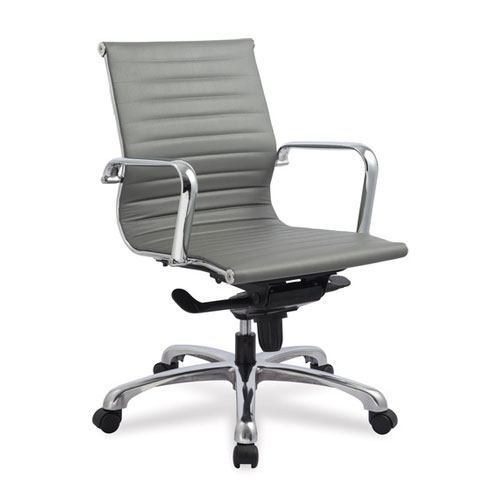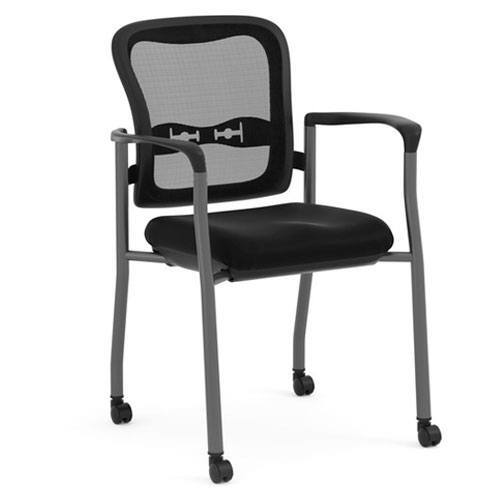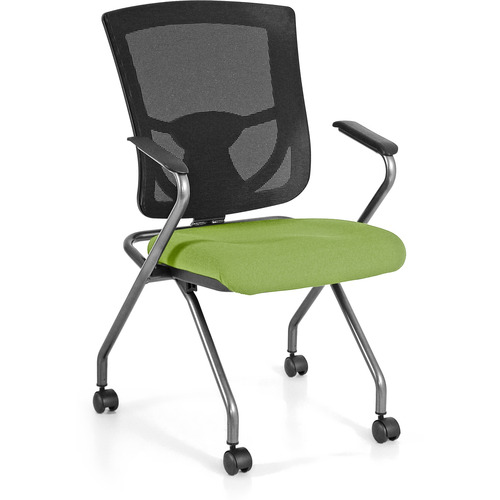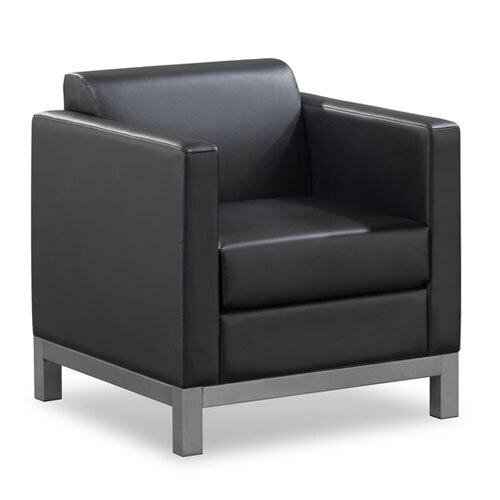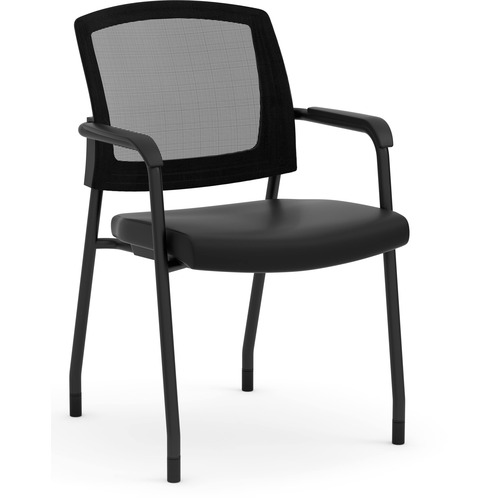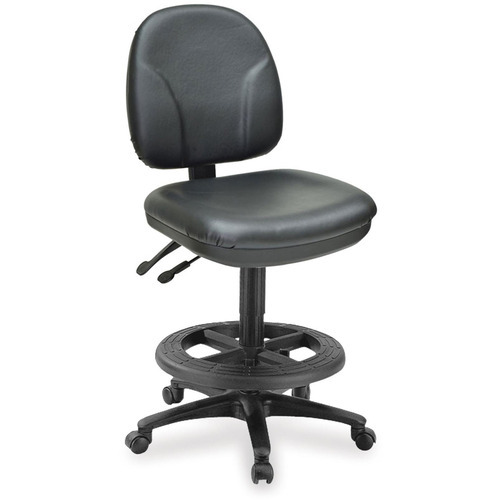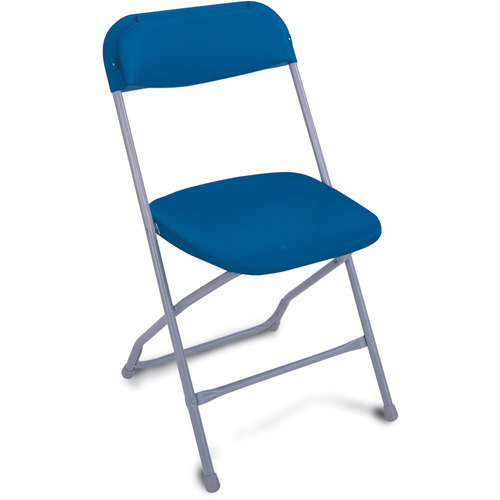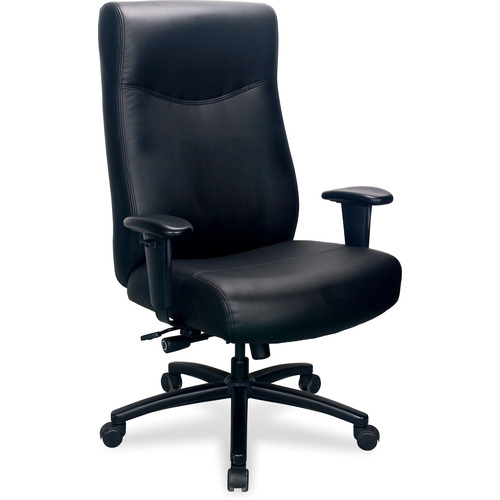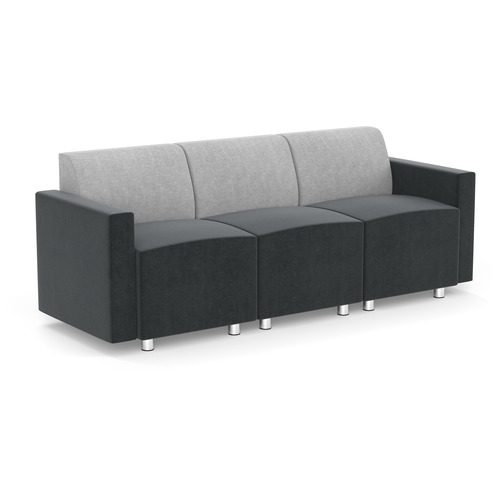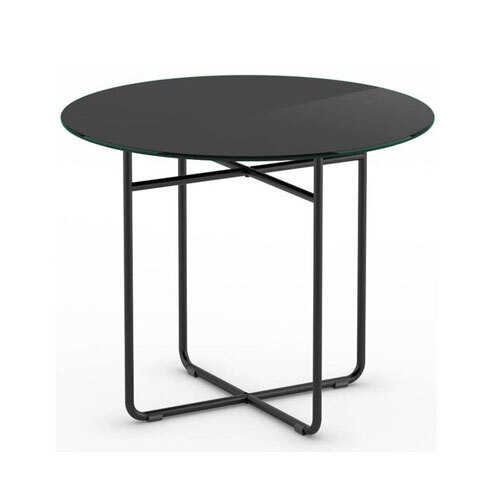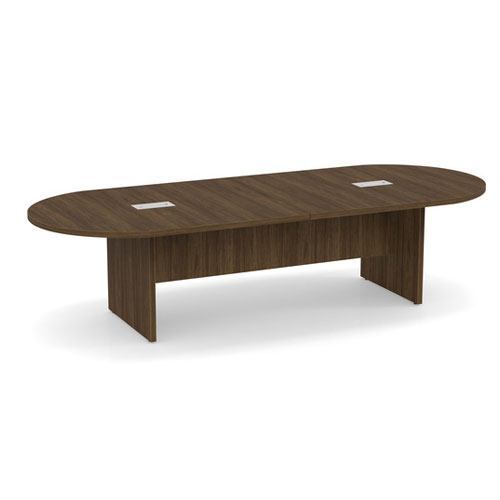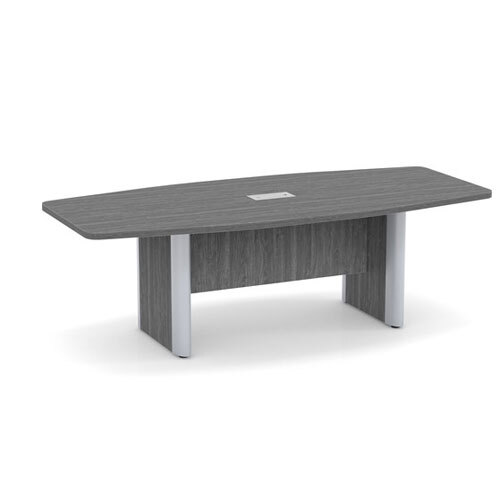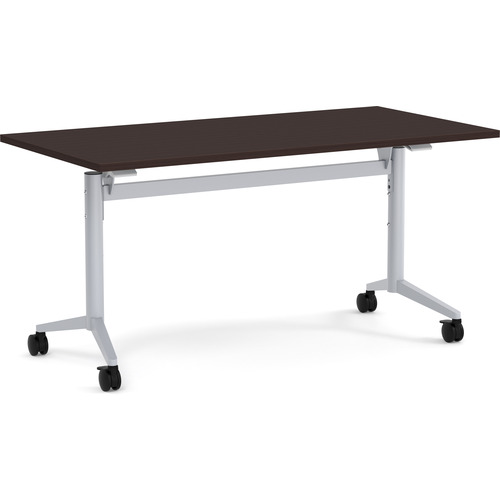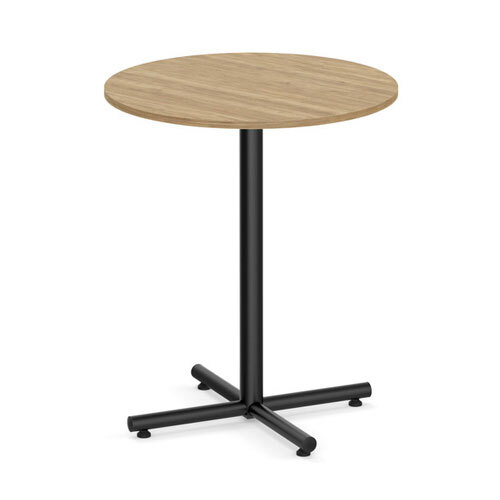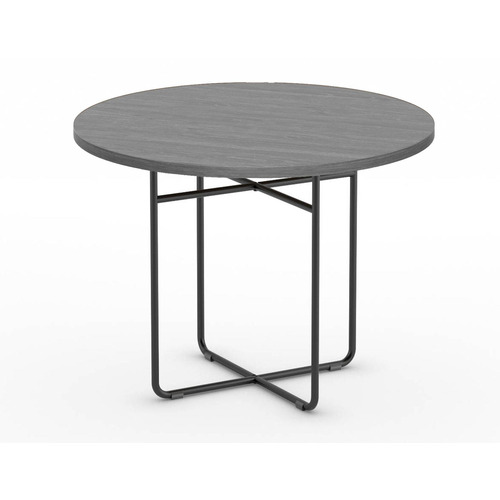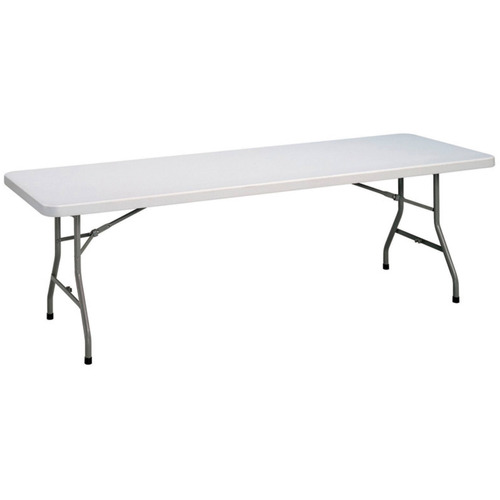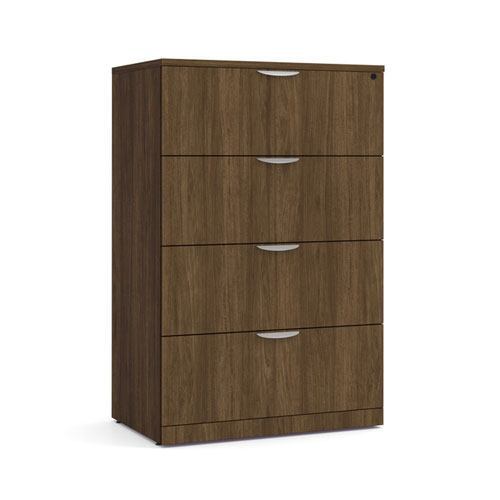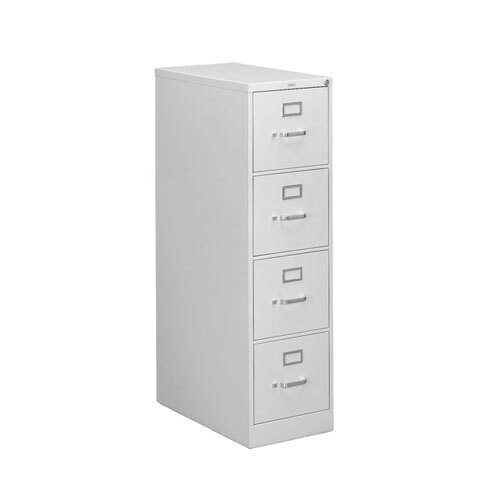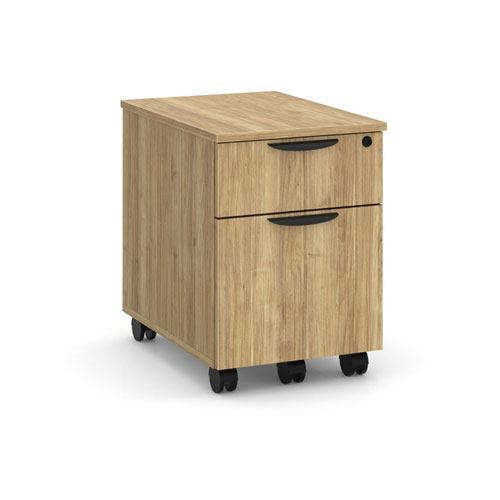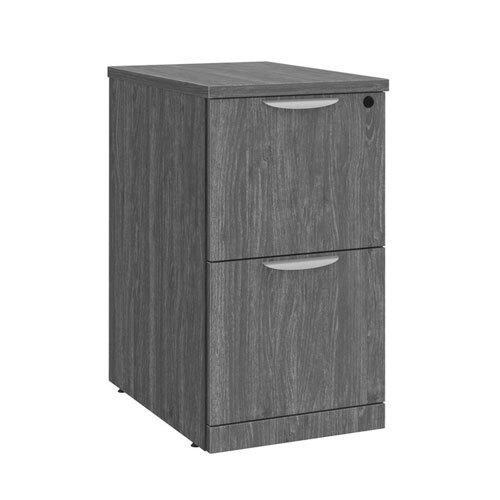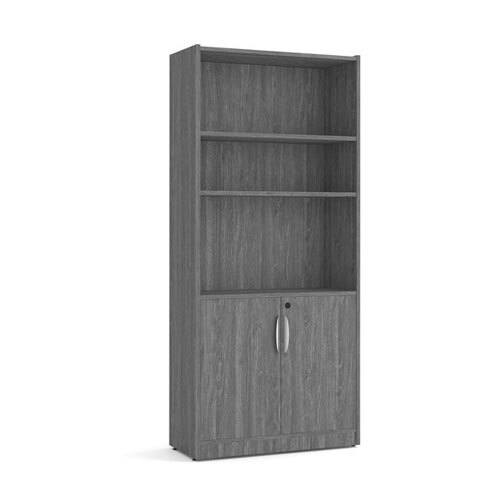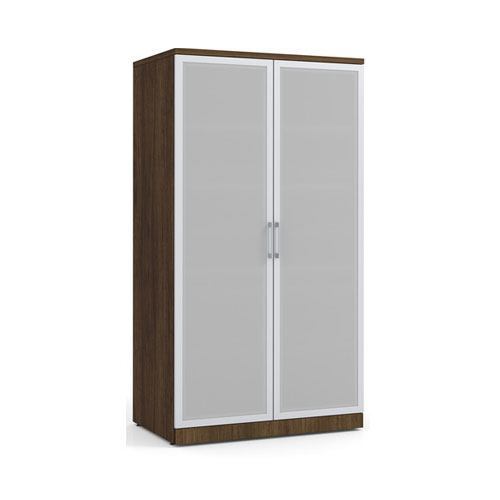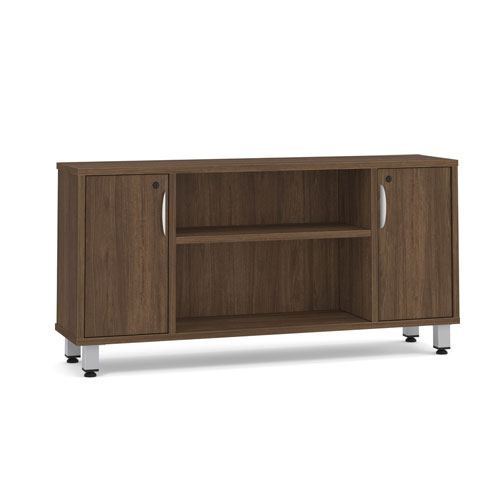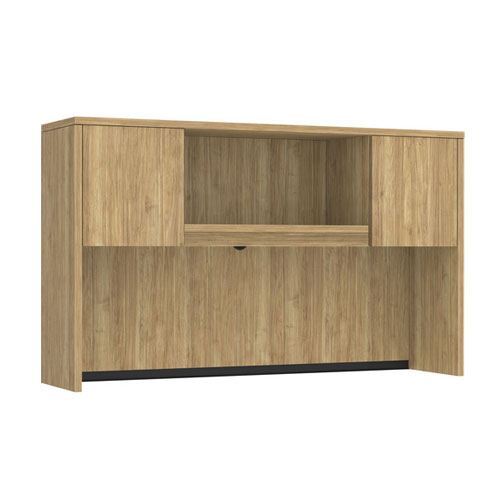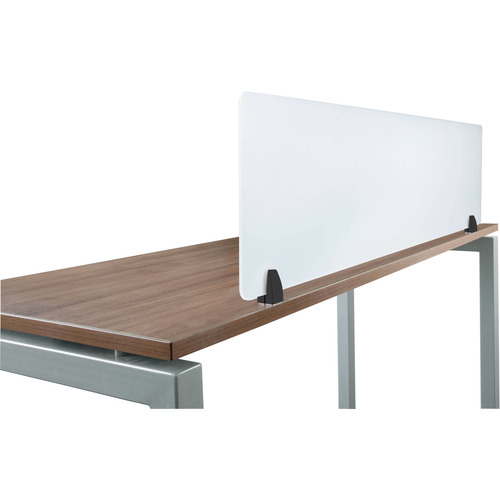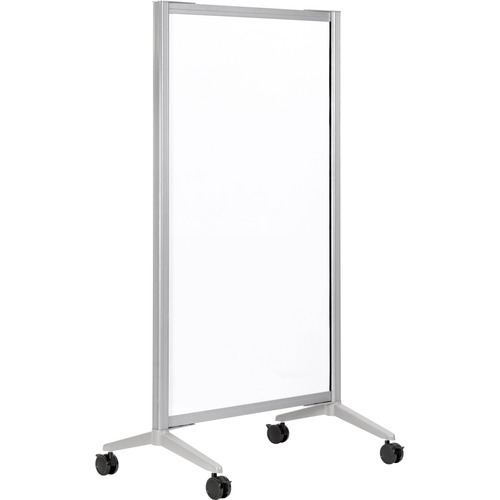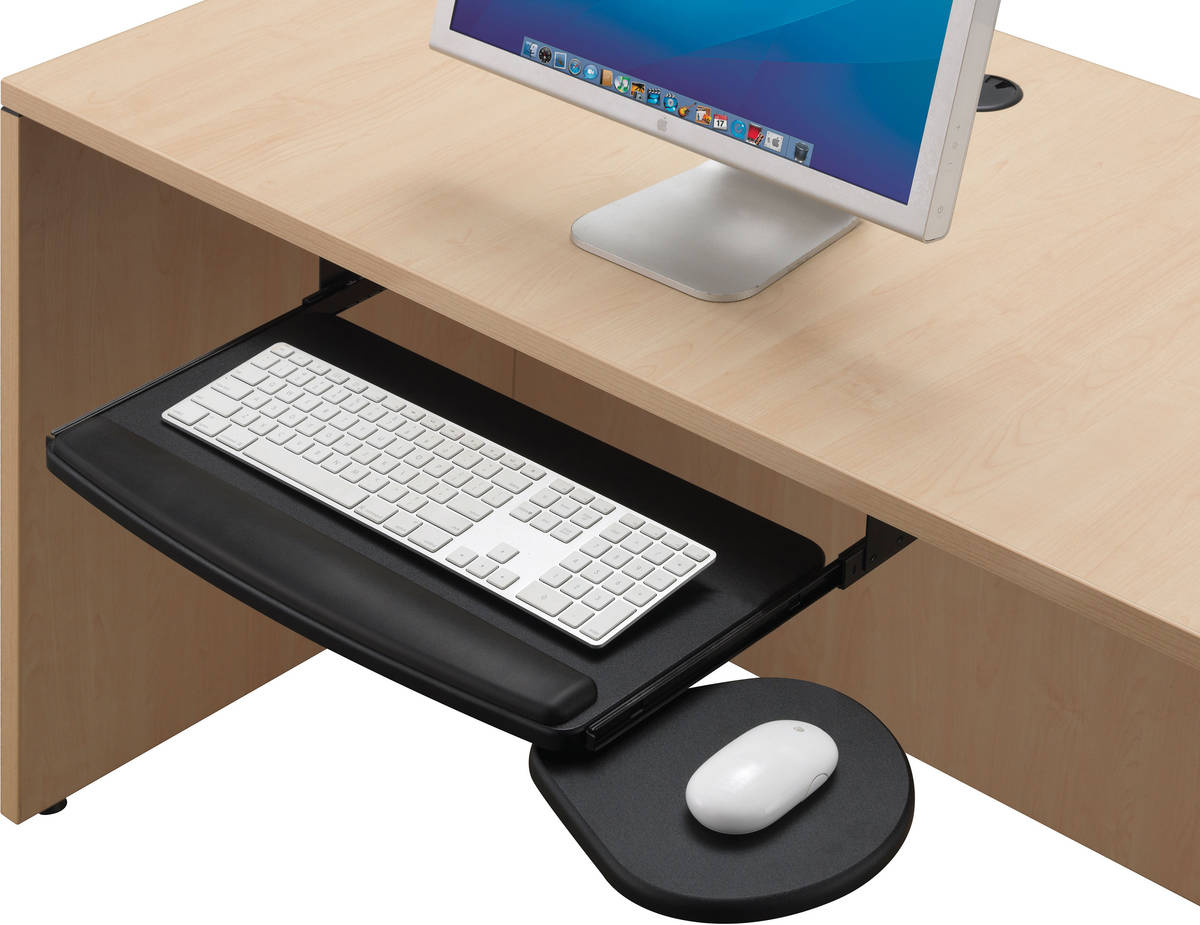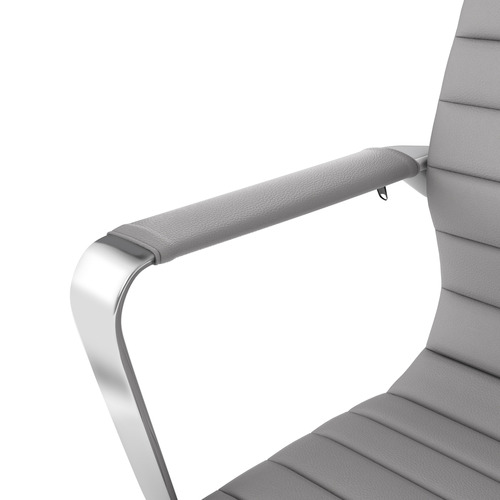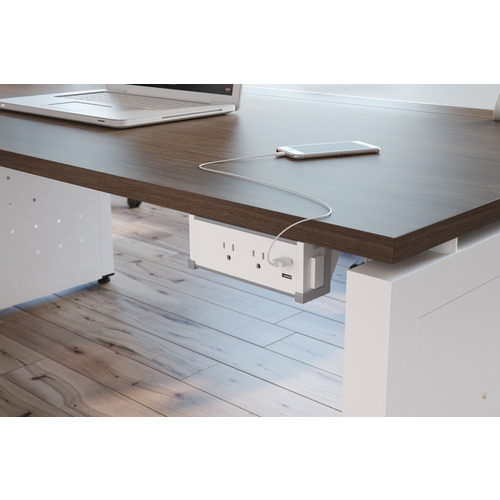Meeting and occasional tables are important components to a well-functioning office. They’re key to providing gathering spots for teams to get together and brainstorm and collaborate. They can also be multi-purpose: some meeting tables can be used in break rooms as lunch tables, or in lounges and reception areas as side tables.
However and wherever they’re used, meeting and occasional tables offer a sturdy and functional surface for multiple people to collaborate…or simply provide a surface for drinks or small items.
What’s the Difference Between Boardroom Tables and Meeting Tables?
While meeting tables and boardroom tables can be used interchangeably, there are differences between tables specifically created for boardroom or conference rooms versus regular meeting tables.
Boardroom tables are typically larger and more formal than meeting tables. They’re designed to accommodate a larger number of people, usually for formal meetings such as board meetings or executive meetings. Boardroom tables are usually placed in a separate boardroom or conference room and are designed to make a statement of prestige and professionalism.
Meeting tables, on the other hand, are generally smaller and more versatile than boardroom tables. They can be used in a variety of settings, from small group meetings to large conferences. Meeting tables come in different shapes, such as round, square, or rectangular, and can be made of various materials such as wood laminate, plastic, or metal. Meeting tables are often designed to be mobile, making it easy to rearrange them for different uses and events.
What is a Meeting Table?
A meeting table is a piece of office furniture that team members gather around to conduct meetings. It typically consists of a sturdy, durable flat surface supported by legs or a solid base, and can vary in size and shape depending on the number of people who need to sit around it and the nature of the meeting. Meeting tables are typically larger than other types of tables, as they are designed to accommodate several people and provide a surface for writing, taking notes, or displaying visual aids.
Meeting tables may be made from a variety of materials, such as wood laminate, glass, or metal, and may include features such as built-in power outlets, cable management systems, and integrated audiovisual equipment to support presentations and video conferencing.
Meeting tables play an important role in facilitating communication and collaboration among individuals and teams in business and organizational settings, making it easier for them to share ideas, make decisions, and work towards common goals.
What is an Occasional Table?
An occasional table is a small table designed to be used as needed, rather than as a permanent piece of furniture in a room – hence the term “occasional”. Occasional tables are typically smaller than meeting tables and come in a variety of shapes and designs, such as end tables, coffee tables, and side tables may be used for a variety of purposes, such as holding drinks or snacks, displaying decorative items, or providing additional surface space for guests to place their belongings. Because they’re typically smaller and more lightweight than other types of tables, they are easy to move around as needed.
Occasional tables come in a variety of styles, materials, and designs, and can be found in many different settings, including homes, offices, and public spaces such as hotels and restaurants. They can be made from materials such as wood, metal, glass, or plastic, and may feature intricate designs or simple, minimalist styles.
What Would You Use an Occasional Table For?
Since occasional tables are so versatile in their placement and use, they’re extremely flexible in what you could use them for. It just depends on the space and style of your business. Here are some ideas:
Turn it into an ad hoc meeting table:
For impromptu meetings or meetings that don’t occur regularly, it’s easy enough to pull up an occasional table as a gathering place for team members to engage in discussion. Occasional tables tend to be small and portable, making them perfect if the team needs a surface for taking notes, or simply set down their drinks.
Place decorative objects:
You can use your occasional table to display decorative objects such as vases, sculptures, or figurines. These objects can be used to add color, texture, or visual interest to your office space.
Provide books and magazines in a reception area:
Occasional tables used as coffee tables or side tables in a reception area can hold books and magazines for your visitors. This is a great way to provide light entertainment for visitors who don’t want to be on their phones while also adding a decorative touch to your space.
Add life to your office with plants:
Adding plants to your occasional table is a great way to bring a natural element into your space. You can choose from a variety of plants, such as succulents, flowers, or herbs, depending on your preferences and the amount of light available in your space.
Add light to the space with tabletop lamps:
If you need additional lighting in your space, you can use your occasional table to hold a lamp. This can help create a warm, inviting atmosphere and make it easier to read or work in your space.
Use it for communication:
The surface of an occasional table placed in a key area is a great place to place tabletop signage to communicate with employees or visitors about anything of interest.
How to Buy a Meeting Table
Buying a meeting table involves a few important considerations to ensure that the table meets your needs and provides a comfortable and functional space for your team or clients to gather. Here are some things to consider:
Determine the size and shape of the table you need:
The size and shape of the meeting table will depend on the number of people who will be using it and the size of the room. Measure the room and consider the number of people who will be using the table to determine the appropriate size and shape. If you have any questions, our Furniture Sales Specialists and Space Planning Experts will be happy to help. Just reach out via chat or visit your local showroom.
Consider the style and design:
Meeting tables come in a variety of styles and designs. Choose a style that fits with the overall decor of your office or meeting room, and consider any additional features such as built-in power outlets, cable management systems, or integrated audiovisual equipment. Also consider whether the table will be used as something else while meetings are not in progress. A meeting table that doubles as a lunch table will have a different look and material than one that’s solely used for meetings.
Choose the material:
Meeting tables can be made from a variety of materials, including wood laminate, metal, glass, or a combination of materials. Consider the durability and ease of maintenance of the material, as well as how it fits with the overall design of your space.
Consider delivery and assembly:
Because of their size, our meeting tables don’t come preassembled. Determine whether you’d like us to deliver and assemble the table, or if you’ll arrange for pickup and assembly yourself.
How to Buy an Occasional Table for the Office
Buying an occasional table is a relatively simple process, but there are a few important considerations to keep in mind to ensure that you choose a table that meets your needs and complements your space. Here are some steps to follow when buying an occasional table:
Determine the size and shape:
Consider the available space where you plan to place the occasional table and choose a size and shape that fits well. Think about how you plan to use the table and what objects you might want to place on it.
Consider the style and design:
Occasional tables come in a variety of styles and designs, ranging from traditional to modern. Consider the overall design aesthetic of your office and choose a table that complements it.
Choose the material:
Occasional tables can be made from a variety of materials, such as wood laminate, metal, glass, or plastic. Consider the durability, maintenance, and appearance of each material, and choose one that fits your preferences and needs.
Determine the function:
Consider how you plan to use the occasional table. Will it be used for storage, display, as a meeting space, or as a surface for drinks and snacks? Choose a table that meets your functional needs.
Can I Bring an Occasional Table from Home into the Office?
Yes, of course! A side table from home could just as easily work in the office. Just be aware that occasional tables intended for the home don’t necessarily have the same features as occasional tables that were made for the office.
Occasional tables for the office are designed to be functional and durable. They are often made from sturdy materials since they can be banged into by multiple people, and they tend to have a neutral design that blends well with the professional setting of an office. They can also be used for informal meetings or as extra seating areas in a waiting room.
On the other hand, occasional tables for the home are often designed to be more decorative and stylish. They come in a wide range of designs, styles, and materials to suit different home decor themes. They are often used as accent pieces in a living room, bedroom, or other areas of the house where they can display decorative items such as vases, picture frames, or lamps. As such, they may not be as durable or as easily match office styles.
What’s the Best Meeting or Occasional Table for My Office?
Ultimately, the best meeting or occasional table is one that meets your specific needs, fits your space, and complements your decor. Here are some factors to consider when choosing the best table for your needs:
- Size: Choose a table that fits comfortably in your space and accommodates the number of people who need to use it.
- Shape: Consider the shape of the table that suits your needs, such as round, rectangular, square, or oval. For example, a round table encourages conversation among attendees, while a rectangular table is more suitable for formal presentations. An occasional table that’s meant to be decorative or evoke the brand may be more interesting in shape.
- Material: Tables can be made from a variety of materials, such as wood, metal, glass, or plastic. Consider the durability, maintenance, and appearance of each material.
- Functionality: Determine the purpose of your table and choose a design that accommodates your needs. For example, if you need a table for audiovisual equipment, choose one with cable management systems and built-in outlets.
- Design: Consider the style and design of the table that fits your aesthetic preferences and complements the decor of your budget.
If you have any questions about finding the best meeting or occasional table for your office, please contact us via chat or reach out to your closest showroom. We’re happy to walk you through the options and ensure that you find a table you’ll be happy with.





